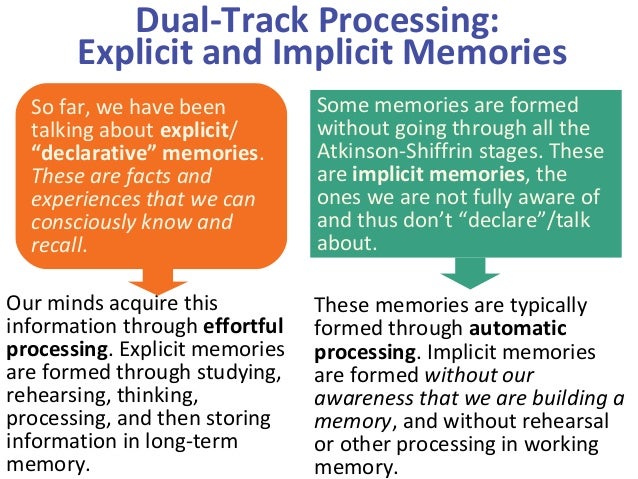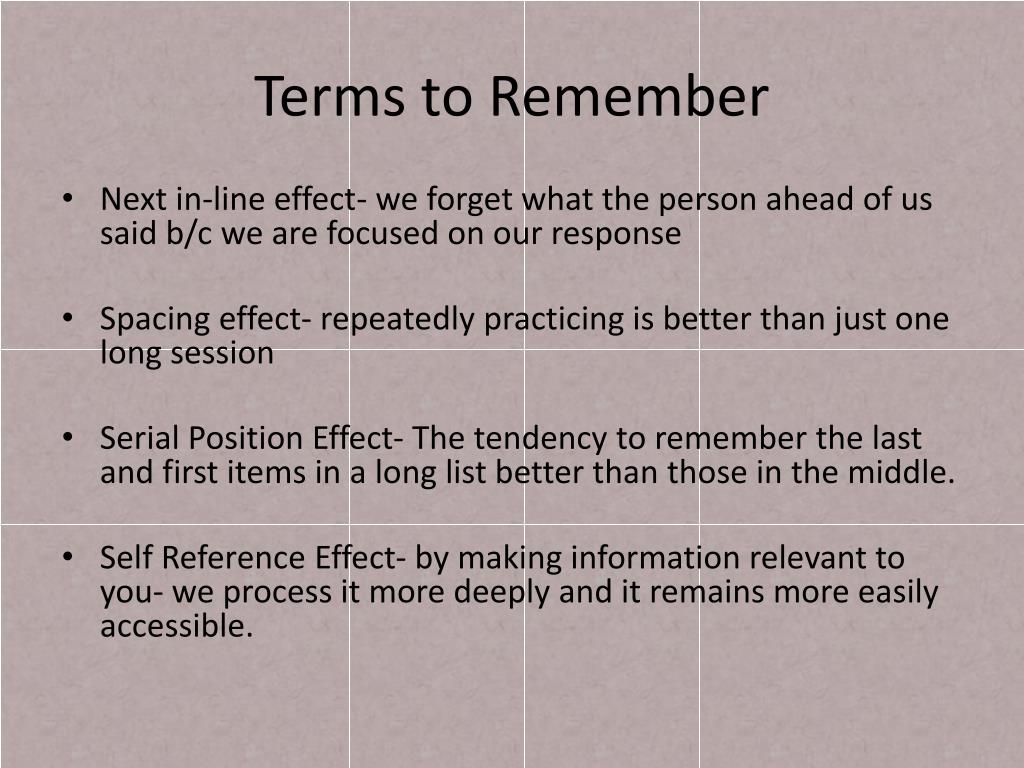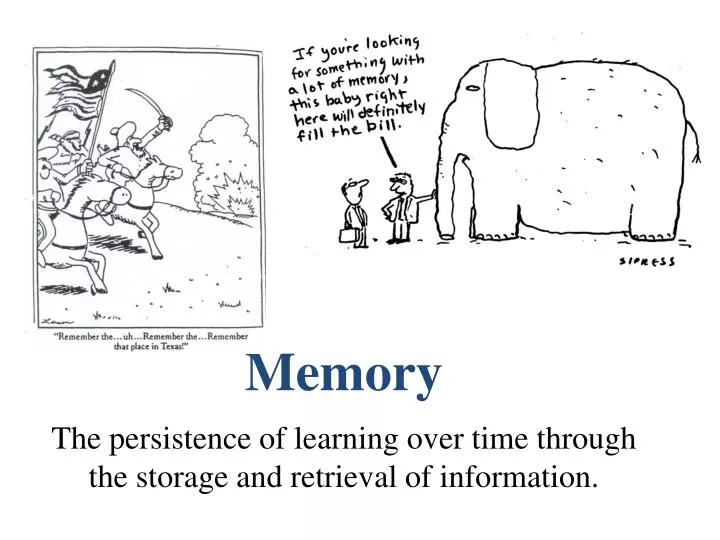

However, the relationship between group and FVT responding was moderated by IQ and reading comprehension ability. Patients made less vignette and more face responses than controls.

Participants viewed emotional faces (automatic response cue) paired with vignettes (effortful response cue) that signalled a different emotion category and were instructed to discriminate the manifest emotion. This prediction was evaluated using a modified version of the face-vignette task (FVT). This imbalance suggests that when patients are confronted with competing automatic and effortful emotional response cues, they will exhibit diminished effortful responding and intact, possibly elevated, automatic responding compared to controls. Dual-stream models of schizophrenia (SCZ) posit a selective deficit in neural circuits that govern goal-directed, effortful processes versus reactive, automatic processes. These studies belong to a body of research that is incrementally improving the prevention of childhood aggression.Adaptive emotional responding relies on dual automatic and effortful processing streams. Together, the studies resulted in recommendations for improved measurement of effortful control, SIP, and aggression better use of longitudinal mediation models to assess the relations among them and improved research on aggression prevention. Based on a strong theoretical framework and using appropriate statistical methods, Study 1 developed a reliable and valid teacher-reported measure of effortful control Studies 2 and 3 provided modest support for the theory underlying many aggression prevention programs. Study 3 found no effect of the Competence Support Program on mediators or on aggression. Adjusted results showed no mediation effects. Memory for frequency and spatial information were 'automatic,' requiring 'minimal. Operations were classified into 'automatic' and 'effort' subtypes based on the energy requirement needed to encode the information. First, encoding operations vary in their attentional requirements. In Study 2, unadjusted results showed significant indirect effects of effortful control on aggression, mediated by hostile attribution (fourth grade only), goal formulation, and response decision, but not encoding. The Hasher and Zacks (1979) model of automatic versus effortful processing was based on two main assumptions. Study 1 resulted in a second-order model (X/df = 6.41, RMSEA = 0.089, CFI = IFI = 0.957), with effortful control explaining the correlations among three factors: inhibitory control (alpha = 0.843), attention control problems (alpha = 0.876), and impulsivity (alpha = 0.885).

Similarly, Study 3 assessed whether fourth-grade effortful control and SIP variables (fall and winter, respectively) mediated the effect of the Competence Support Program, a classroom management and social skills training intervention, on aggression. In Study 2, generalized estimating equations were used to assess whether, within each grade, SIP variables (measured in winter) mediated the relation between effortful control (fall) and aggression (spring).

In Study 1, exploratory and confirmatory factor analyses were used with third grade fall data to develop an effortful control scale. Data were collected from 691 boys and girls at 10 North Carolina schools during the third and fourth grades (2004-2006). This dissertation reports findings from three studies of effortful control, SIP, and aggression. Further, effortful control is often measured poorly in aggression prevention studies. Although both effortful control and social information processing (SIP) skills are negatively associated with aggression and are targeted by aggression prevention programs, little is known about the relation between them or about their joint relation with aggression. Early aggression is a problem in its own right and a risk factor for further developmental problems.


 0 kommentar(er)
0 kommentar(er)
